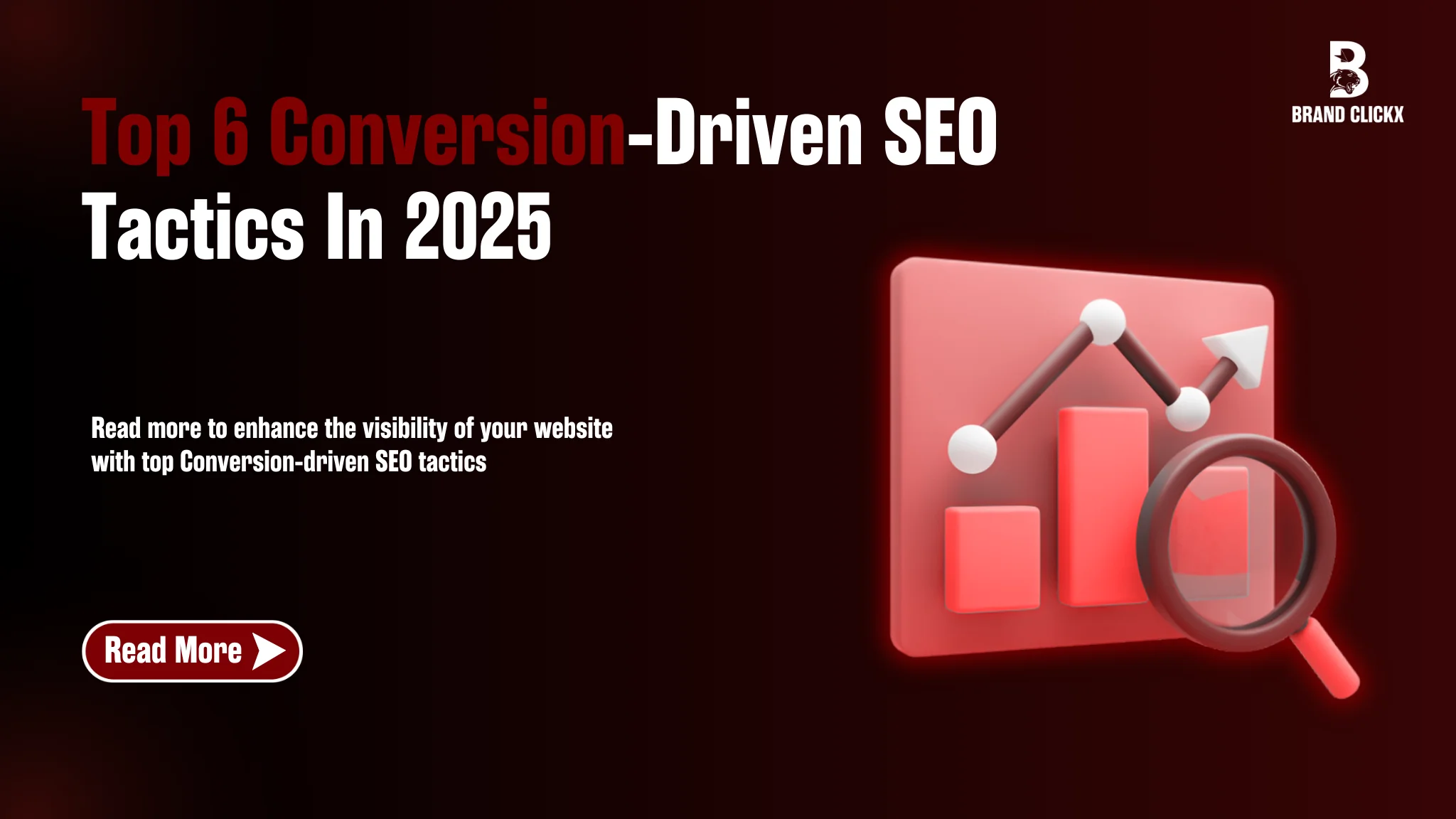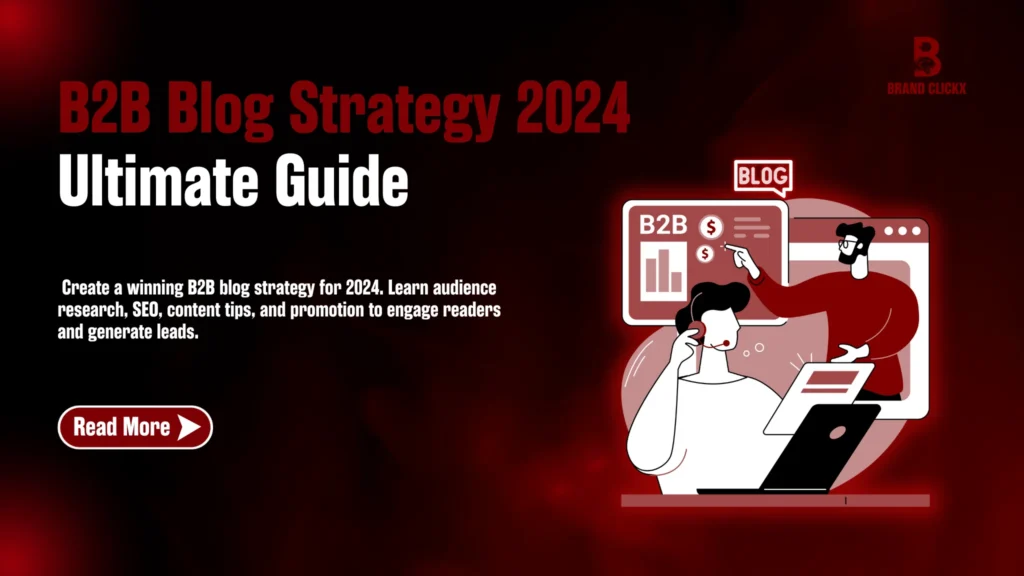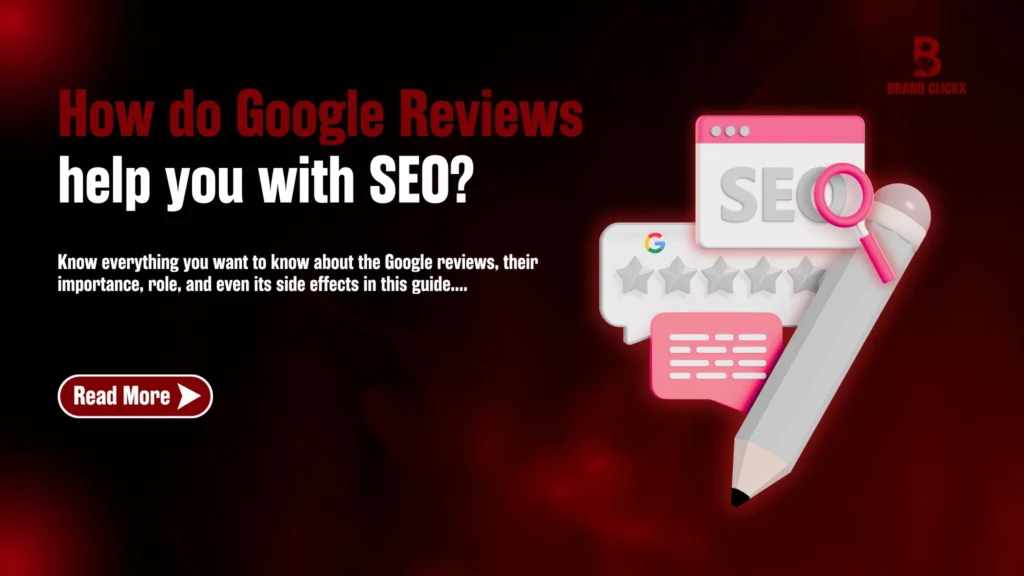Let’s be real—getting more traffic to your site is great, but if it doesn’t turn into leads, sign-ups, or sales, what’s the point? Too many entrepreneurs focus on vanity metrics like clicks and impressions, while the real game is about conversion-driven SEO tactics. It’s not about chasing keywords blindly; it’s about attracting the right audience who are ready to take action.
Here’s the problem: You’re spending time (and likely a chunk of your budget) on SEO, but your website’s ROI still feels underwhelming. Maybe your bounce rates are high, your leads aren’t qualified, or conversions are flatlining. That’s because traditional SEO methods just don’t cut it anymore.
To thrive in today’s market, you need SEO strategies designed to not only drive traffic but also guide your visitors seamlessly toward that “Buy Now” button or lead form. In this post, we’ll explain the exact tactics that help turn passive visitors into engaged customers.
Whether you’re a founder trying to optimize on a tight budget or an entrepreneur tired of guessing what works, this guide will give you actionable conversion-driven SEO tactics to supercharge your conversions.
What is Conversion-Driven SEO?
Through a holistic strategy, conversion-driven SEO enhances search results alongside improving user engagement and delivering concrete business outcomes. The core distinction between traditional SEO lies in its pursuit of organic traffic and rankings with conversion-driven SEO.
It aims for specific actions containing purchase events alongside sign-ups and form submissions and additional measurable result-based goals that directly contribute to your revenue.
1. Conduct Comprehensive Keyword Research for Conversions
Keywords are vital for all SEO plans however conversion-based SEO requires in-depth concentration. You should avoid seeking conversion results through generic high-traffic keywords because the key factor for success is finding intent-based keywords which match user needs.
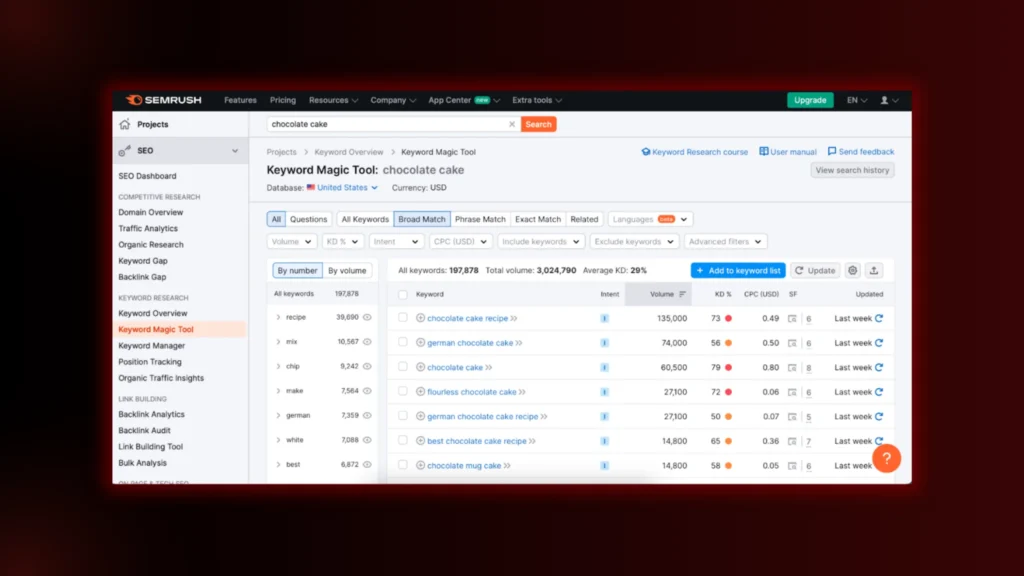
Key Steps to Effective Keyword Research:
- Understand Search Intent: Organize your keywords according to their intent which includes navigational informational or transactional functions. The tools Google Keyword Planner and Ahrefs and SEMrush enable users to discover effective conversion-oriented keyword terms which act as “Buy,” “Best,” “Discount” and “Near Me” search cases.
- Focus on Long-Tail Keywords: These particular search phrases display a strong intent while maintaining lower market competition. Eco-friendly skincare options at affordable prices generate better conversion results than simple skincare offerings.
- Competitor Analysis: Review how precisely your competitors use keywords across their digital landscape. Check the ranking pages where your target keywords exist to determine where you can bring better value content or differentiating perspectives.
- Utilize Question-Based Keywords: The increase in voice search requires businesses to use query formats such as “How to…” or “What is the best…” which both target transactional and informational audience intent.
Learn more about complete b2b keyword research
2. Create High-Quality, User-Centric Content
Content is king but conversion-driven content is the empire. Your content needs to go beyond creating traffic for users, and let people know exactly what action they need to take.
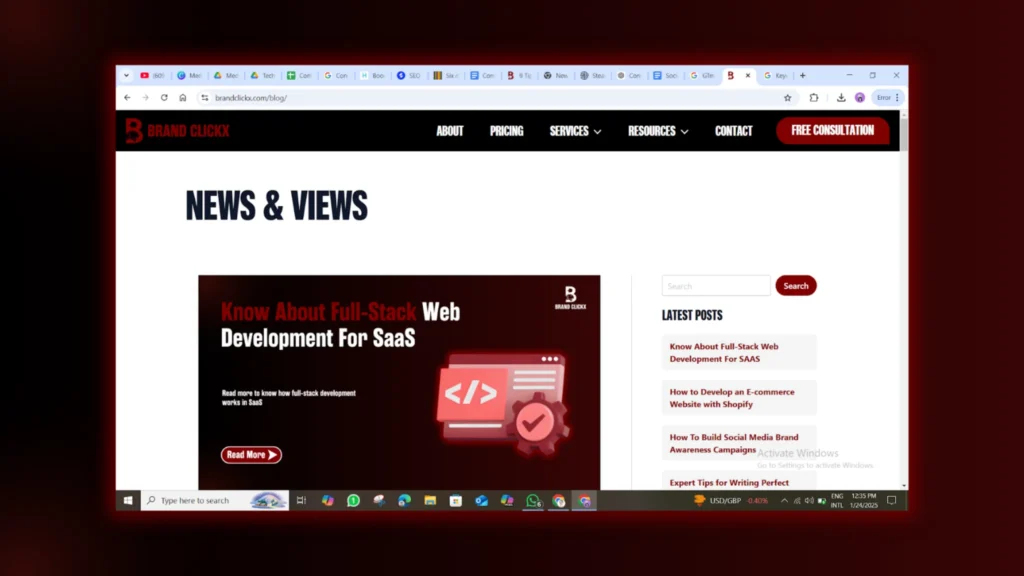
Content Strategies for Better Conversions:
- Clear and Actionable CTAs: A prominent call to action (CTA) on every blog post, landing page or product description should make the next step clear: get started, download now or learn more.
- Apply the AIDA Model: The structure should be such that you’ll attract Attention and grab the attention, keep it with Interest, create Desire and make them desire and ultimately desire Action.
- Multimedia Elements: Include visuals, such as infographics, videos, or interactive charts, to enhance engagement. The sections of this are breaking down complex ideas and keeping user interest.
- Answer User Questions: You can address FAQs directly within your content. Using schema markup will increase the chances of you appearing in featured snippets.
Read how to create a landing page copy that converts
3. Optimize On-Page SEO for Maximum Engagement
On-page SEO impacts both search engine rankings and user experience—two critical factors for boosting conversions.
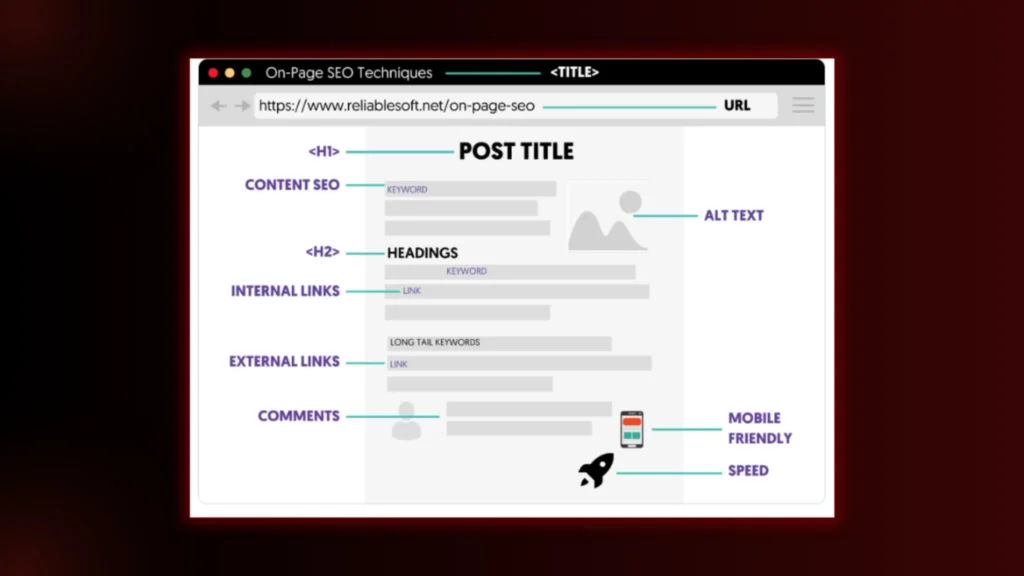
Core On-Page SEO Tactics:
- Engaging Meta Titles and Descriptions: The titles and descriptions for the piece should be click-worthy and have the keyword (target keyword(s)), and CTAs such as “Discover,” “Save Now,” or “Start Today.”
- Fast Page Load Times: Slow-loading pages drive visitors away. However, tools such as Google PageSpeed Insights or GTmetrix can help in finding bottlenecks.
- Effective Internal Linking: Internal links help provide users with a reason to stay on the page and more opportunities to convert.
- Structured Headers: Make break content easier to read (and easier for search engines to understand) by breaking it up into scannable sections and using keyword-rich H1, H2, and H3 tags.
4. Enhance Website Design and UX for Conversions
A visually appealing, easy-to-navigate website builds trust and encourages visitors to complete actions.

Key UX Optimization Tips:
- Responsive Design: Make sure that your site flows smoothly on all devices from smartphones to tablets.
- Simplified Navigation: A good menu structure needs to be clear and intuitive so users can come to their desired pages without problems.
- Minimal Clutter: Don’t overwhelm users with too much. Keep the design clean and free from distractions from conversion goals.
- Trust Signals: Help to build trust with showcase testimonials, case studies and industry certifications.
5. Use Data-Driven Conversion Rate Optimization (CRO)
Conversion Rate Optimization (CRO) is a method to find out and remove points of friction in the customer journey based on data.
Effective CRO Techniques:
- A/B Testing: See which landing page, CTA or layout performs better by comparing them all.
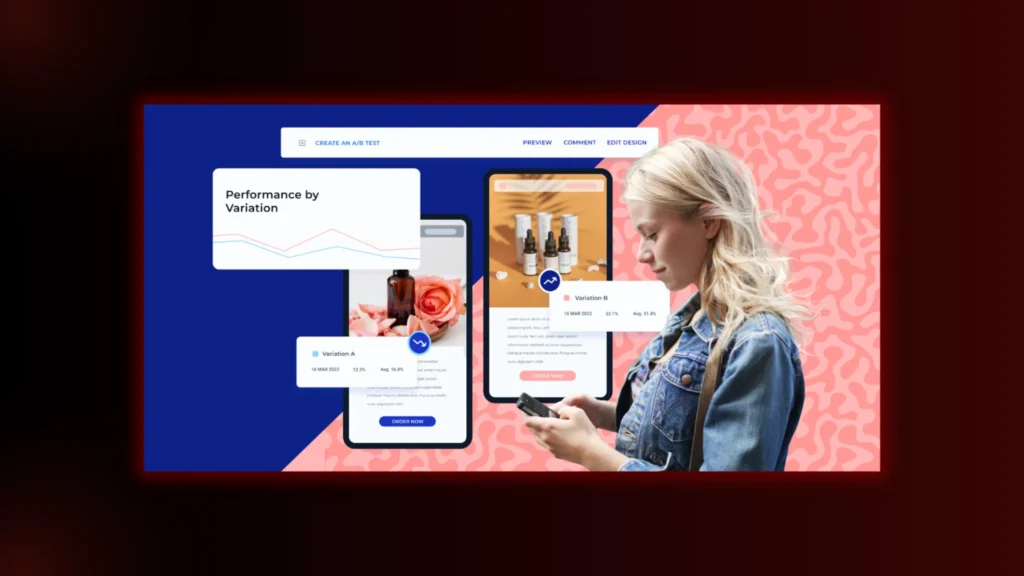
- Heatmaps and Session Recordings: Use tools such as Hotjar or Crazy Egg to find out how people behave, for example determining which sections get the most attention.
- Form Optimization: Minimize the number of required fields, and make them mobile responsive.
6. Go for Local SEO to Attract Targeted Traffic
Local SEO generates highly relevant traffic with high conversion potential for businesses that focus on reaching an audience outlined in a certain region.

Local SEO Best Practices:
- Optimize Google Business Profile: Never neglect to keep your business name, address, phone number and hours current. You can add photos and respond to customer reviews.
- Target Local Keywords: in your content and metadata, add terms such as “near me,” city names, or neighbourhood-specific phrases.
- Encourage Reviews: This not only helps your local rankings but it positively influences your potential customers.
Also, check out what is local SEO.
Final Thoughts
In the following journey, we have elaborated top 6 conversion-driven SEO tactics for your help in ranking your site higher in search engines. If you have any sort of confusion about how to execute any of these on your website, BrandClickX can assist you with the right knowledge and skills!
Contact Us to discuss further!
FAQs
Q1: What are conversion-driven SEO tactics?
A: Conversion-driven SEO tactics are strategies designed to optimize a website not just for search engine rankings but also to maximize conversions. These tactics focus on attracting highly targeted traffic and encouraging visitors to take specific actions, such as making a purchase, signing up for a newsletter, or filling out a contact form.
Q2: How do conversion-driven SEO tactics differ from traditional SEO?
A: Traditional SEO primarily focuses on improving visibility in search engine results through keyword optimization, backlinking, and technical improvements. Conversion-driven SEO tactics, on the other hand, combine these practices with user behaviour analysis, persuasive content creation, and CRO (conversion rate optimization) techniques to ensure that traffic leads to measurable business outcomes.
Q3: What are some examples of conversion-driven SEO tactics?
A: Examples include:
- Conducting in-depth audience research to understand user intent.
- Creating highly optimized, value-driven content tailored to different stages of the sales funnel.
- Implementing compelling CTAs (call-to-actions) across web pages.
- Improving site speed and mobile usability to enhance user experience.
- Using A/B testing to optimize landing pages for conversions.
Q4: Can conversion-driven SEO tactics help small businesses?
A: Absolutely! Conversion-driven SEO tactics are especially effective for small businesses as they ensure every marketing dollar is maximized. By attracting the right audience and guiding them to take action, small businesses can boost their ROI without needing massive traffic volumes.

